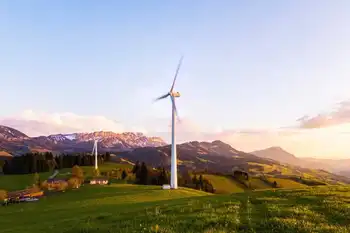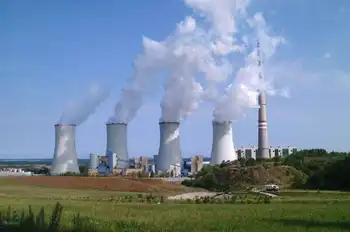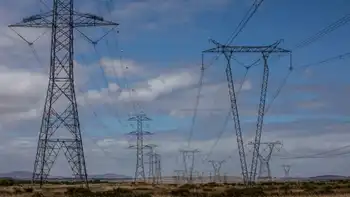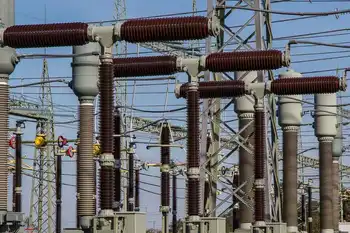Spain's oldest nuclear plant passes crucial tests
By Industrial Info Resources
NFPA 70e Training
Our customized live online or in‑person group training can be delivered to your staff at your location.

- Live Online
- 6 hours Instructor-led
- Group Training Available
The operating licence for the 466-megawatt (MW) Garona nuclear plant in northern Spain expires on July 5. The fate of the plant is now in the hands of Spain's current anti-nuclear government.
The safety thumbs-up from the CSN, however, is seen as a strong indicator that the government, despite pledging to phase out nuclear power in favor of renewables, will extend the life of the plant for another 10 years.
Garona is the oldest nuclear plant in Spain, beginning life in 1971, and is the only one to use a boiling water reactor. Producing about 3,800 megawatt-hours of electricity a year, the facility accounts for approximately 1.4% of Spain's power needs.
The forthcoming decision will have far-reaching implications for the rest of Spain's nuclear industry, with the nation's other seven reactors all needing to obtain new operating permits within the next two years. Nuclear power still accounts for 20% of the country's electricity generation, and a failure by the government to grant Garona's 10-year extension could sound the death knell for Spain's nuclear industry.
"The renewal of the operating permit for Garona would be a reference for the rest of our country's nuclear facilities," said Teresa DomÃnguez, President of Forum of the Spanish Nuclear Industry. Spain has been anti-nuclear since the mid-1980s and is now one of the strongest generators of renewable energy in Europe.
According to CSN's report, "(The Nuclear Safety Council), after six sessions of study devoted to the evaluation, analysis and final assessment of the application for renewal of authorization to operate the nuclear power plant in Santa Maria Garona agreed unanimously to report favourably on this request for a 10-year period."
CSN made numerous recommendations to the owner and operator, Nuclenor, about what the plant will need to do in order to remain in compliance. Nuclenor is a joint venture owned by Endesa SA and Iberdrola SA.
CSN has outlined that before the 2011 refuelling stop, there needs to be a new system installed for treating radioactive gases in the event of an accident. By the 2013 refuelling stop, the organization has recommended improvements to the isolation and containment procedures, testing and monitoring equipment and the increased independence of electrical systems for safety reasons.
Although Spain is a global champion for renewables, the reality is that the country is not yet ready to altogether forgo nuclear power generation.
According to Luis Atienza, chairman of Spain's national grid operator, Red Electrica de Espana, Spain still needs nuclear power in the short term because of the inconsistency of supply from renewable sources such as wind and solar. Speaking at a recent Reuters Global Energy Summit, Atienza said, "We see nuclear as a transitional energy that we cannot spare, because it will guarantee supply and, I hope, finance our objectives in terms of renewables."
Currently, numerous Spanish reactors are offline for refuelling or preventative maintenance.











